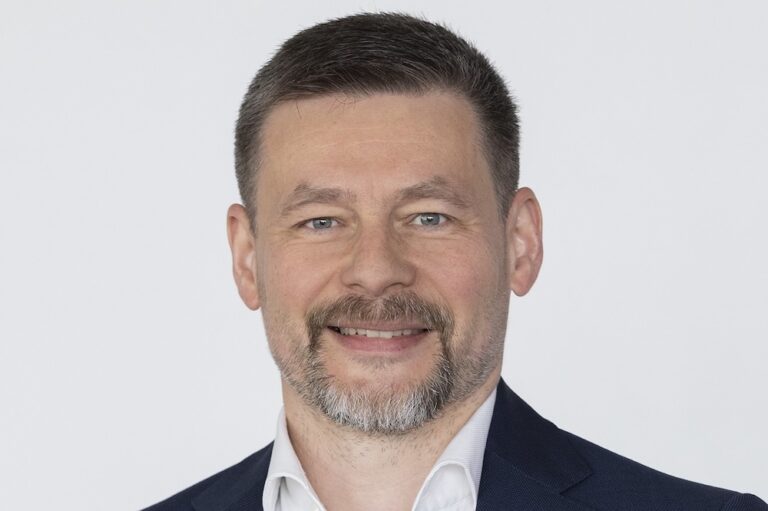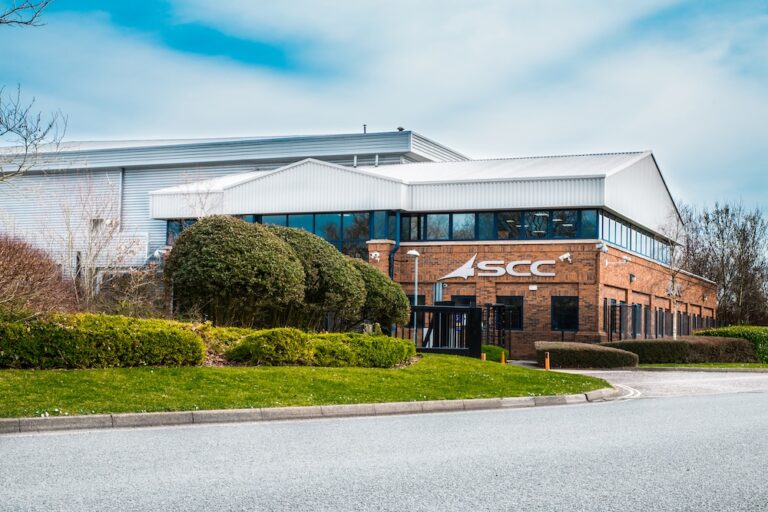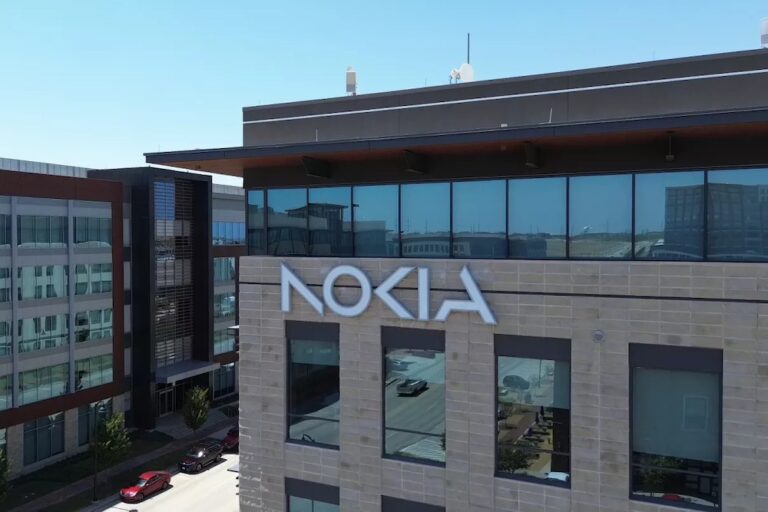Partner content: CSPs, technology providers and standards organisations launched the L4 is ON Joint Initiative at the Autonomous Networks Summit 2025 held at MWC in Barcelona
In recent years, members of the TM Forum has collaborated to create a six-step approach – Level 0 to Level 5 – to measure progress towards network automation and autonomy. The lower levels are already being applied and are delivering immediate cost, efficiency, and agility benefits.
Gaining higher levels is tough, hence communication service providers (CSPs), technology providers and standards organisations launched the L4 is ON Joint Initiative at the Autonomous Networks Summit 2025 held at MWC in Barcelona in March. However, there are many challenges still to overcome, particularly the problem of a mishmash of legacy OSS systems and infrastructure. Where does that leave automation?
The L4 is ON Joint Initiative
We are now evolving towards Level 4 (a high level of automation – see below), and operators are looking to gain additional benefits and address a broad range of scenarios.
That’s why TM Forum held a seminar entitled L4 is ON: Shaping the Future of Autonomous Networks Together during the Autonomous Networks Summit 2025 at MWC[1]. However, that might be considered a simplistic scenario as operators still face multiple challenges in achieving L4 autonomy.
Before diving into those challenges, it’s worth considering what the different levels of autonomy are, ranging from “no automation” to “full automation”, as defined by TM Forum’s members, below:
- Level 0 Manual Management –The system delivers assisted monitoring capabilities, which means all dynamic tasks must be executed manually.
- Level 1 Assisted Management – The system executes a certain repetitive subtask based on preconfigured automation to increase execution efficiency.
- Level 2 Partial Autonomous Network – The system enables closed loop O&M for certain units based on AI models under certain external environments.
- Level 3 Conditional Autonomous Network – Building on L2 capabilities, a system with awareness can sense real-time environmental changes, and in certain network domains, optimise and adjust itself to the external environment to enable intent-based, closed-loop management.
- Level 4 Highly Autonomous Network – Building on L3 capabilities, the system performs, in a more complicated cross-domain environment, and applies analysis to make decisions based on predictive or active closed-loop management of service and customer experience-driven networks.
- Level 5 Fully Autonomous Network – This level is the ultimate goal for telecom network evolution. The system possesses closed-loop automation capabilities across multiple services and domains, throughout the entire lifecycle, achieving autonomous networks.
L4 essentially represents the evolution to a new era of intelligent, self-optimising networks that will boost efficiency, reliability, and innovation for CSPs. The TM Forum seminar brought together influential voices from CSPs, technology providers, and standards organisations to launch the L4 is ON Joint Initiative. It aimed to tackle questions such as:
How do we turn the promise of Level 4 networks into reality?
How can collaboration drive the shift and deliver measurable results?
What must change — operationally and culturally — for L4’s potential to be unlocked?
Retiring legacy OSSs en masse is unrealistic
The seminar fostered dialogue between stakeholders, provided some actionable insights that could be applied to create real-world strategies for advancing Autonomous Networks. However, what is clear is that progress towards L4 is slow with significant challenges to overcome, namely dealing with legacy platforms and infrastructure. These cannot simply be retired en masse. Legacy OSSs support live services and operational processes that are still essential to customers and will be for some time to come.
Of course, operators are looking to track and measure progress towards their automation goals. Many have undertaken self-assessment, using the TM Forum’s six-step framework — the results of which were published during the Autonomous Networks Summit.
Using different categories, CSPs rated their progress to date to calculate an average score for the level of automation achieved, as shown below:
Core Network Stability — Level 3.5
RAN Fault Management — Level 2.8
IP Network Optimisation — Level 2.6
Core Network — Level 2.5
IP Network — Level 2.4
Change Management — Level 1.9
According to the participants, Level 2 has already been achieved for many processes and domains. But progress drops off — and none of the respondents reported that they had achieved Level 4.
So, a gap is opening between target and reality. In our opinion, that’s because as you seek to move to higher levels, operators face a growing challenge for the integration of new automated processes with legacy OSS infrastructure. Yes, the legacy OSS estate will be modernised or replaced over time, but for now such replacement programmes must be considered alongside other investment and transformation priorities.
Consolidating, simplifying and optimising OSS for L4
If we think about the results reported at the Summit, it seems clear that the transition to automation is moving from relatively narrow areas, such as the core network, into others that span domains. The RAN, for example, is a complex domain but one in which there is a finite number of cell sites, typically procured from a single (at most two, currently – notwithstanding progress towards OPEN RAN adoption) vendor.
In this context, it’s relatively easy to automate fault management functions in the RAN, because there are fewer vendor solutions to consider, making the task of integration somewhat easier.
Similarly, the transport (IP network) also likely comes from a narrow range of vendors, so we would probably expect more advanced progress here. What we see is most progress in tightly defined domains that are, at least in concept, relatively isolated from each other – which allows automation to proceed with fewer obstacles and friction.
In both cases, a relatively harmonised infrastructure base means that the interfaces with which automation functions and processes need to integrate are likely to be broadly consistent and follow modern principles – they may all be standardised on best practice form organisations like the TMF, for example.
Change management, on the other hand, spans all domains and is a network-wide discipline. That’s where we encounter the legacy challenge – there will be multiple systems, from many different vendors, serving different functions, services and domains. In this context, there will a heterogenous assembly of protocols and legacy interfaces, from different generations of systems and a wider range of vendors.
Moving from a narrow focus area into one that spans so many systems and entities is, naturally, much harder than, say, automating the RAN. Automating change management for a single vendor solution is necessarily easier than achieving the same thing across a multi-vendor network, OSS and BSS stack.
The results, while promising on one level, hint at the challenges ahead. The more systems and processes that are included within an automation goal (change management or security governance, for example), the more difficult automation becomes – and this is particularly applicable when the automation needs to extend to legacy solutions, such as are found in the OSS domain.
The seminar provided great insights – but is L4 really ON? Well, the answer is both ‘yes’ and ‘no’ depending on the situation and the range of systems that need to be included in the required automation framework.
Help is, however, at hand. The We Are CORTEX platform enables integration with legacy interfaces — irrespective of the generation — that can be easily integrated to bring automation to legacy and orphaned services, and OSS elements and silos to create a consolidated future until operators are ready to retire or replace legacy systems.
To find out more about how CORTEX can help you navigate this journey, download our recent paper here
[1] https://www.tmforum.org/2025-autonomous-networks-summit/













